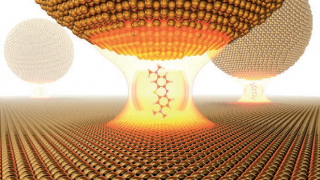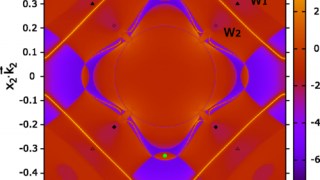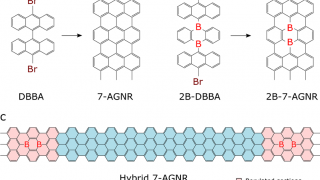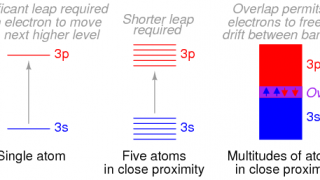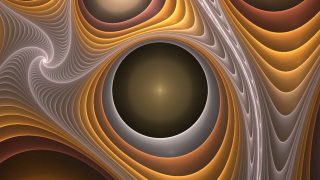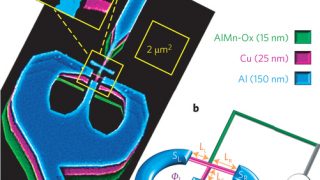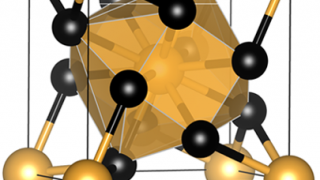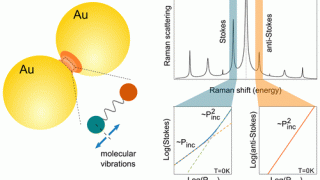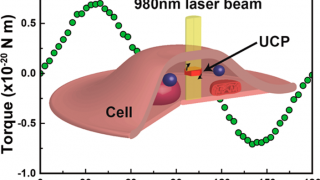
How to measure the viscosity of the liquid inside a living cell using upconverting particles
How would you measure the dynamic viscosity of cytosol, the liquid inside the cells, without destroying the cell? It seems not an easy task. However, a team of researchers that includes Nuno de Sousa (DIPC & IFIMAC), has just provided a way of achieving this and other similar feats using upconverting particles. An optical trap […]
